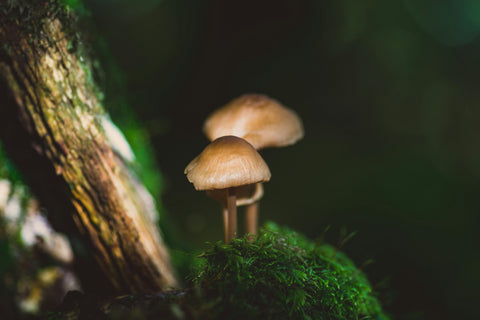PLANTChoir Blogs

Calm is not an absence of noise or thought. It is balance—the steady rhythm between effort and rest. According to researches in psychology and plant science, simply spending time near greenery can reduce stress and restore focus. With PlantChoir, a Bluetooth biofeedback device that turns plant signals into music, you can actually hear that balance unfold. Each note reflects the gentle electrical rhythms inside your plant, offering a living soundtrack for mindfulness. Listening to your plant’s song during a quiet break can help you slow down, breathe deeper, and reconnect with nature’s calm—right from your home.
→ Discover how to listen, relax, and grow calm with PlantChoir.
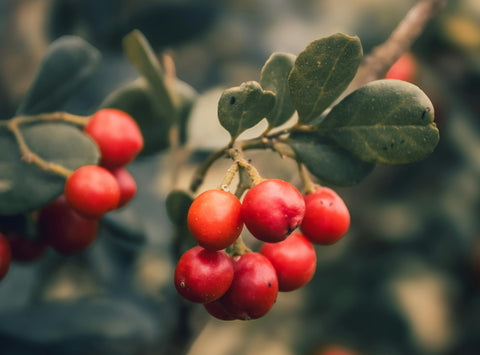
Cold bloomers are nature’s quiet showoffs. Witch hazel unfurls yellow ribbons while frost sparkles, holly carries jewel toned berries, and snowberry pearls line bare twigs. Behind the beauty are antifreeze proteins, dehydrins, and clever supercooling that help tissues survive the chill. Clip on PlantChoir to hear gentle melodies from real plant bio signals and share a 15 second winter soundtrack that feels calm, curious, and wonderfully alive.
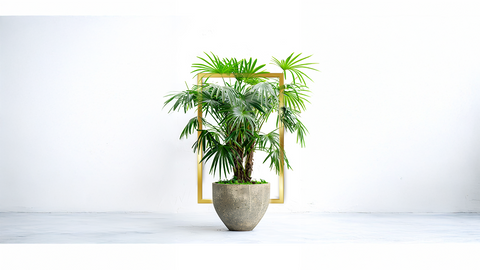
On November 21, World Television Day nudges us to rethink screen habits. Swap pixels for petals with plant music. Clip on PlantChoir, watch your houseplant, and hear its real time bio signals become gentle melodies. Soft fascination calms the mind, focus returns, and your living room turns into a relaxing sound garden. It is the healthiest screen time you will actually look forward to.

On National Recycling Day, even a banana peel can create calm. When you compost kitchen scraps, you build living soil filled with microbes that help roots thrive and plants feel steady. Those quiet exchanges between roots and microbes shape the bio-signals that PlantChoir turns into music. The result is a living soundtrack that mirrors your plant’s inner rhythm — soft notes rising and falling as the soil breathes. Composting closes the loop between sustainability and serenity, reminding us that care for the earth and care for ourselves are often the same sound.
→ Listen to your plants this National Recycling Day with PlantChoir.
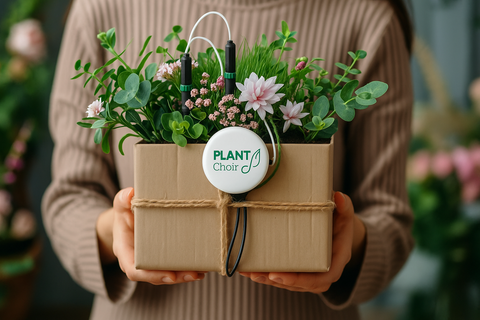
World Kindness Day lands on November 13 and it is the perfect time to gift a plant. Add PlantChoir and your kindness gets a soundtrack. Clip the tiny sensor to two leaves and hear real-time music from your plant’s bio-signals. Research links generosity with happiness and nature sound with stress recovery, which makes this gift a small circle of calm for both giver and receiver.

Houseplants do more than decorate, they help us breathe easier and feel calmer. Research shows that simply being around greenery can lower stress hormones, steady heart rate, and lift mood. Plants also add a hint of humidity and freshness to indoor air, creating a space that feels more alive. Pair that with the soothing power of music, and you’ve got a natural recipe for relaxation. With PlantChoir, you can take it one step further, plug in the tiny Bluetooth sensor, and listen as your plant’s bio-signals turn into real-time melodies. It’s mindfulness in its most organic form: nature, sound, and calm, all harmonizing in your living room.
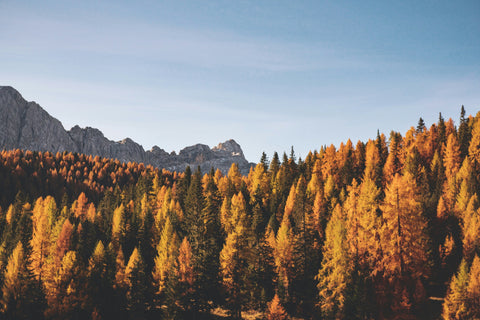
There’s something about hiking in the fall that feels a little like magic.The air smells sharper, the light hits the trees just right, and the world finally exhales after summer’s rush. Your boots crunch through golden leaves, your breath puffs in rhythm with the wind, and somewhere between a rustle and a birdsong—you find peace.
Now imagine adding a soft, living soundtrack to that moment. Not from a playlist. From the forest itself.

